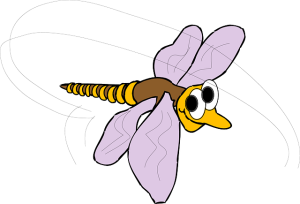Mosquitoes, despite their small size, pose significant health threats as disease vectors. Understanding their complex lifecycle and environmental preferences is crucial for effective mosquito control. Targeted traps leveraging attractants like CO2 and body heat, combined with disrupting breeding grounds, are key strategies. Natural alternatives to chemical methods, such as using bats, birds, fish, and parasitic wasps, preserve ecosystems while mitigating mosquito populations. Mosquito trapping systems, advanced with technology like UV lights, GPS tracking, and smart control systems, offer an innovative, eco-friendly solution. These traps reduce human exposure, prevent disease transmission, and alleviate environmental impact, contributing to improved public health and well-being at both individual and industrial levels. Future innovations include smart sensors, AI for disease predictions, genetic engineering, and biotechnology, revolutionizing mosquito management for sustainable and healthier environments.
Mosquitoes are more than just a nuisance; they pose significant health risks, transmitting diseases that affect millions globally. In response, mosquito control has evolved from traditional methods like pesticide application to innovative solutions like trapping systems. This article delves into the world of mosquito trapping, exploring its mechanics, benefits, and various applications. Discover how these systems, leveraging advanced technology and natural strategies, offer a more targeted and environmentally conscious approach to mosquito control.
Understanding Mosquitoes: Behavior and Breeding Patterns
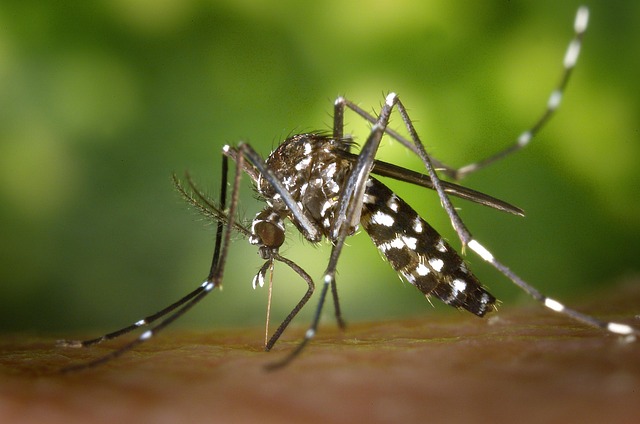
Mosquitoes are tiny yet formidable pests, known for their relentless quest for blood and their role as vectors for numerous diseases. Understanding their behavior and breeding patterns is crucial in implementing effective mosquito control strategies. These insects undergo a complex life cycle, starting from eggs laid in stagnant water bodies to larvae that feed on organic matter, and finally transforming into adult mosquitoes capable of flight. Their preference for specific habitats and host species varies among different species, but they generally thrive in warm, humid environments.
Mosquitoes are highly sensitive to environmental cues, displaying a strong attraction to carbon dioxide, body heat, and certain chemicals released by humans. This knowledge allows for the strategic placement of mosquito traps, which often utilize these attractants to lure and capture adult mosquitoes. By disrupting their breeding grounds and reducing their presence in affected areas, mosquito control measures can significantly decrease the risk of disease transmission, providing relief to communities plagued by these persistent pests.
Traditional Mosquito Control Methods: Pests vs. Beneficial Insects

In the ongoing battle against mosquitoes, traditional mosquito control methods have long been the go-to solution. These methods often involve chemical pesticides and insecticides, which are effective in reducing mosquito populations but come with potential environmental and health concerns. The use of these chemicals can harm beneficial insects, disrupt local ecosystems, and even pose risks to human health if not applied correctly.
A more nuanced approach to mosquito control is needed, one that balances pest management with the preservation of beneficial insects. Natural predators like bats, birds, and certain types of fish play a significant role in controlling mosquito populations. Additionally, introducing parasitic wasps that specifically target mosquitoes can be an eco-friendly solution. These biological methods not only reduce mosquito numbers but also avoid the negative impacts associated with chemical interventions, promoting a more sustainable and balanced ecosystem.
The Rise of Mosquito Trapping Systems: An Innovative Approach

The rise of mosquito trapping systems marks a significant shift in the battle against these relentless pests, offering an innovative approach to mosquito control that goes beyond traditional methods. As the demand for effective and environmentally friendly solutions increases, these advanced traps provide a promising avenue. They are designed to attract, capture, and eliminate mosquitoes, addressing the growing concern over their impact on public health and well-being.
This modern technology leverages strategic strategies such as using specific scents, carbon dioxide, and UV lights to lure mosquitoes into specialized containers, ensuring their safe and efficient removal. Unlike chemical sprays or insecticides, these systems offer a more targeted and eco-conscious approach, reducing the potential harm to non-target species and the environment. With their rising popularity, mosquito trapping systems are poised to revolutionize pest management, providing communities with a powerful tool in the ongoing fight against these tiny but detrimental creatures.
How Mosquito Trapping Works: Technology and Design
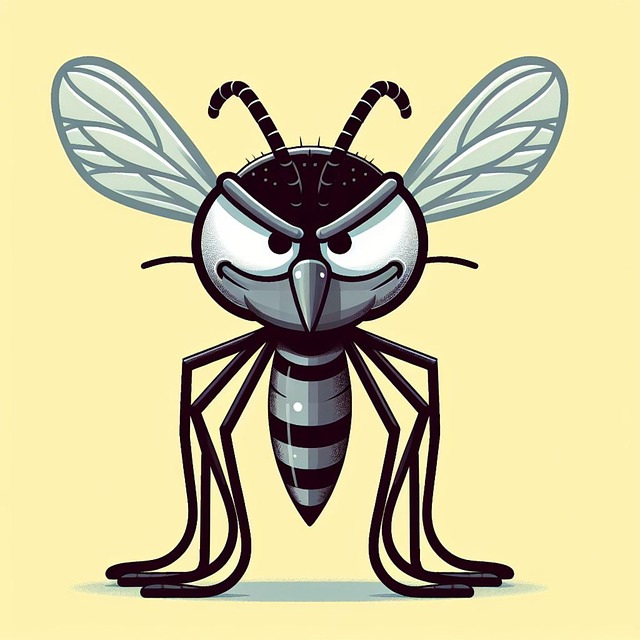
Mosquito trapping systems have evolved significantly in recent years, combining advanced technology and innovative design to offer effective solutions for mosquito control. These traps typically utilize a combination of light, heat, and carbon dioxide to attract mosquitoes, drawing them into a confined space where they are trapped or killed. The use of specific chemical lures further enhances their effectiveness by mimicking human body odour and other attractive compounds that mosquitoes find irresistible.
Once inside the trap, mosquitoes become entangled in fine meshes or are exposed to electric currents, leading to their demise. Modern traps often incorporate GPS tracking, sensors, and smart control systems for efficient monitoring and maintenance. This technology allows users to remotely access data on trap performance, ensuring optimal Mosquito Control measures are in place. The design of these traps also considers environmental impact, with many models featuring eco-friendly materials and energy-efficient operations, making them suitable for both residential and commercial applications.
Benefits of Using Mosquito Traps: Reduced Exposure and Environmental Impact
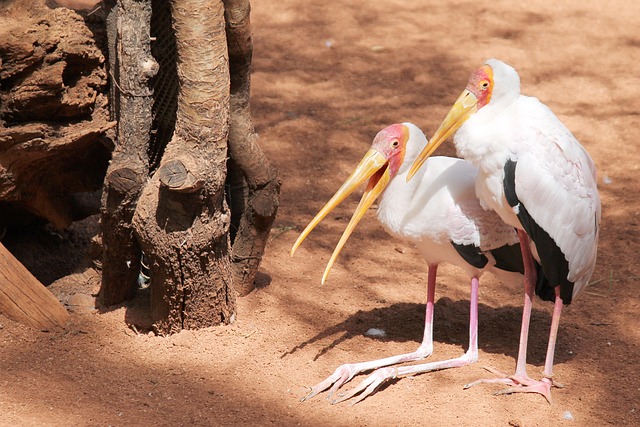
Using mosquito traps offers a multitude of benefits for both individuals and the environment, making it an essential tool in the arsenal of modern mosquito control. One of the primary advantages is the significant reduction in human exposure to these pesky insects. By actively capturing mosquitoes, traps help create safer outdoor spaces, allowing people to enjoy their time without the constant nuisance of bites and buzzes. This is particularly beneficial for public health, as it can curb the transmission of diseases carried by mosquitoes, such as dengue fever, Zika virus, and West Nile disease.
Moreover, mosquito trapping systems are eco-friendly alternatives to traditional chemical sprays. These traps often use non-toxic methods, like carbon dioxide or light attraction, to lure and capture mosquitoes, thereby minimizing the environmental impact. This approach helps preserve biodiversity and reduces the risk of ecological imbalances caused by chemical insecticides. As a result, areas with active mosquito trapping can experience improved overall well-being, both for residents and local ecosystems.
Types of Mosquito Traps: From Chemical to Natural Solutions
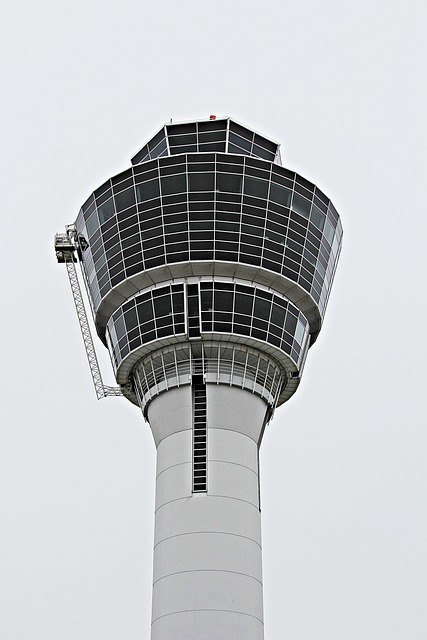
Mosquitoes are a persistent problem, but there’s more to mosquito control than just chemical solutions. The market offers a variety of mosquito trapping systems catering to different preferences and environments. Chemical traps use CO2 and attractants to lure mosquitoes, offering a quick fix but with potential health and environmental concerns.
Natural alternatives, on the other hand, are eco-friendly options that exploit mosquitoes’ sensory weaknesses. These traps often utilize ultraviolet light, water, and organic compounds like carbon dioxide produced by plants. They’re ideal for outdoor settings and provide a safer, more sustainable approach to mosquito control without resorting to chemicals.
Setting Up and Maintaining Effective Mosquito Trapping Systems
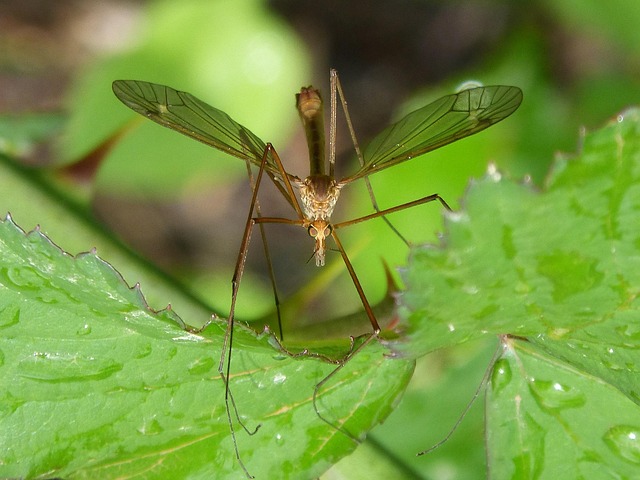
Setting up and maintaining effective mosquito trapping systems is crucial for successful mosquito control. Begin by identifying areas prone to mosquito activity, such as standing water or dense vegetation, where they breed and rest. Place traps strategically near these hotspots, ensuring easy access to power sources for continuous operation. Regularly inspect and clean the traps to remove accumulated debris and dead mosquitoes, as this ensures optimal performance and prevents the spread of diseases.
For maximum effectiveness, use a combination of light, carbon dioxide, and bait traps. Synchronize their placement and timing with mosquito activity patterns, such as dawn and dusk, when they are most active. Monitor trap catches regularly to assess mosquito population levels and adjust trapping strategies accordingly. Collaborate with local authorities for area-wide mosquito control efforts, sharing data and resources for more comprehensive and sustainable results in the battle against these persistent pests.
Real-World Applications: Community and Industrial Mosquito Control
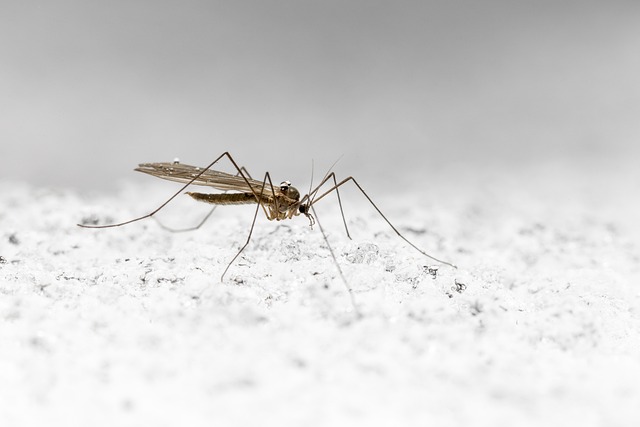
In real-world applications, mosquito trapping systems play a pivotal role in both community and industrial mosquito control efforts. These advanced solutions are designed to mitigate the impact of mosquitoes on public health and overall well-being. In residential areas, they serve as powerful tools to reduce mosquito populations near homes and communities, thereby minimizing the risk of vector-borne diseases like Zika, West Nile, and dengue fever.
On an industrial scale, mosquito trapping systems are employed in manufacturing facilities, agricultural settings, and outdoor event venues. By effectively controlling mosquito populations, these establishments can create safer working environments for employees and reduce disruptions caused by mosquito-related health concerns. This, in turn, enhances productivity, ensures worker comfort, and contributes to a more sustainable and healthy operational ecosystem.
Future Trends in Mosquito Management: The Role of Technology
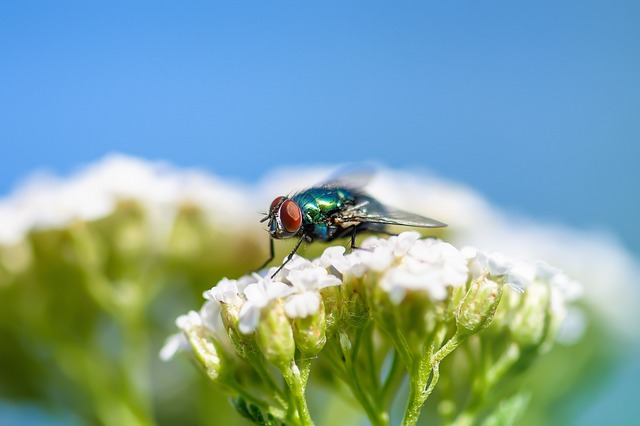
The future of mosquito management is looking increasingly high-tech, with innovations in mosquito control leveraging digital advancements and data analytics. Smart sensors and IoT (Internet of Things) devices are being developed to monitor mosquito populations in real time, providing valuable insights into their behavior and distribution. This allows for more targeted and efficient applications of control measures, such as precise releases of natural predators or targeted pesticide treatments.
Artificial intelligence and machine learning algorithms play a crucial role in analyzing large datasets collected from these sensors, enabling predictive models that can forecast mosquito-borne disease outbreaks with remarkable accuracy. Additionally, genetic engineering and biotechnology are opening doors for novel solutions, like genetically modified mosquitoes designed to suppress breeding populations. These trends promise more effective, sustainable, and environmentally friendly strategies for mosquito control, enhancing public health and quality of life in mosquito-prone areas.
